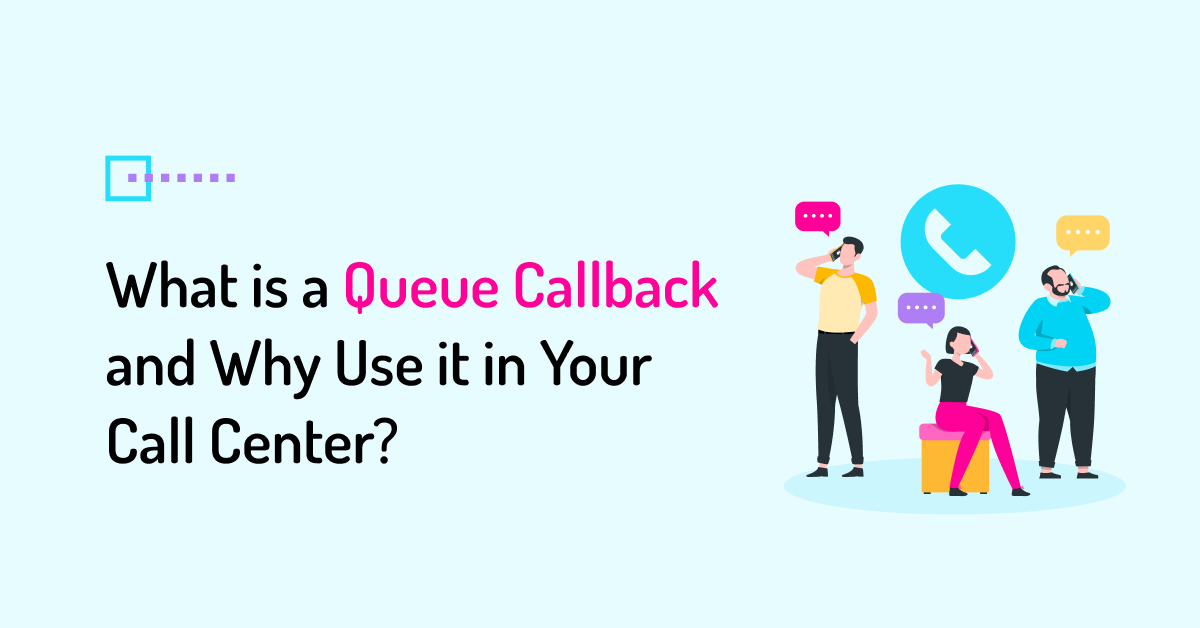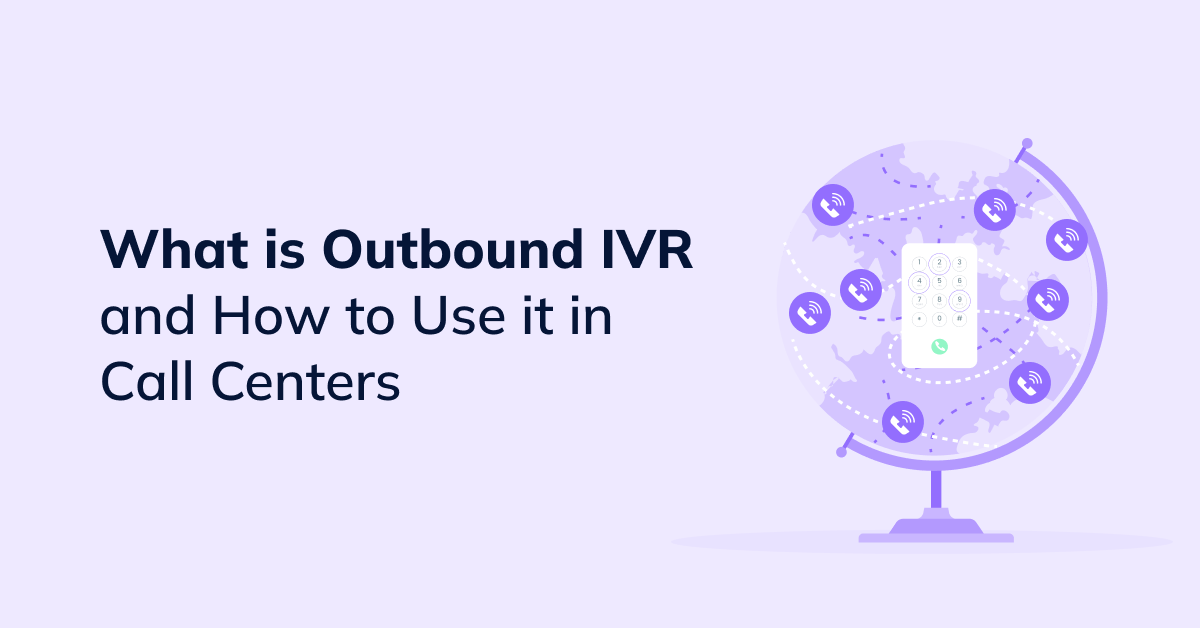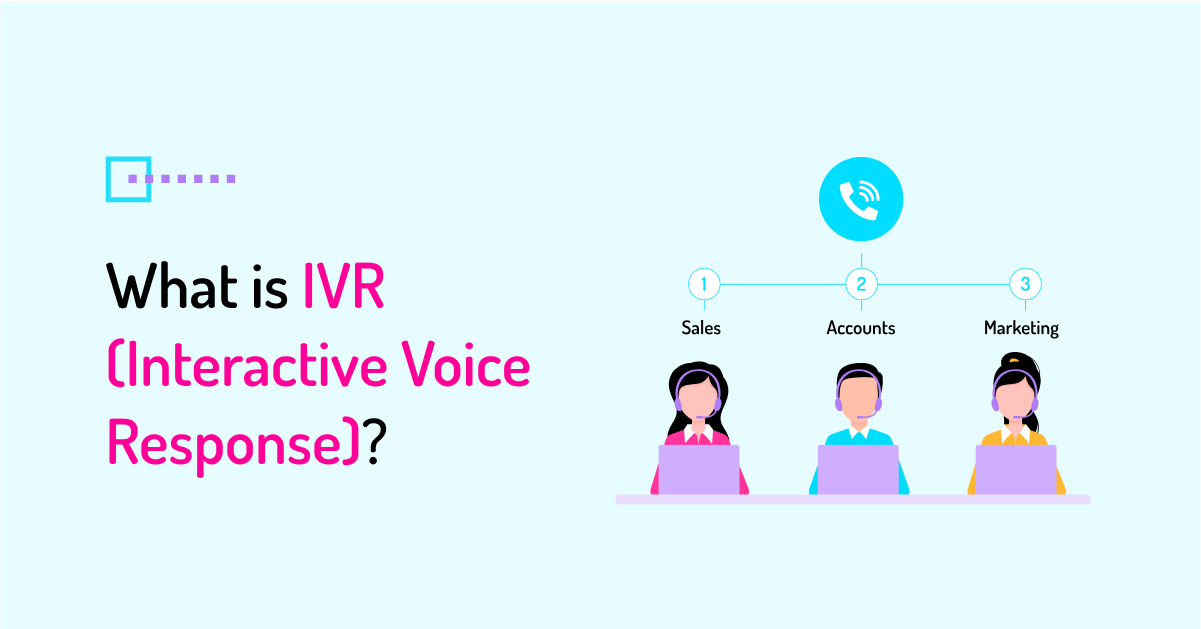Queue callback is an efficient way for contact centers to improve customer satisfaction and customer experience by allowing incoming callers to request a callback instead of waiting on hold in long call queues and reduce call abandonment rate.
Since waiting on hold is one of the biggest frustrations for consumers when calling customer support, queue callback has become an essential feature of today’s call center software tools.
What is Queue Callback?
Queue callback (QCB), also referred to as an automated callback, callback queue, or virtual hold, is a queue management feature – often part of Interactive Voice Response (IVR) systems – widely used in call centers to effectively manage incoming customer calls.
When queue callback is enabled, callers waiting in queue are given the option to save their place in the queue and request being called back once an agent becomes available to handle their call. Incoming callers typically request a queue callback, if they don’t want to stay on hold in a long call queue.
How Does the Queue Callback Feature Work?
Queue callback is a common feature of contact center solutions intended to provide customers with a better experience. Once the queue callback feature is enabled, customers’ incoming calls are placed in the call queue.
Based on certain pre-defined conditions, such as when the number of calls in queue (NCQ) exceeds the limit you set, a caller may be offered to request a callback, rather than having to wait in queue for a call center representative to become available.
After a caller opts for a callback, they can hang up, while the phone system automatically retains their phone number and place in the queue, and creates a notification in the agent panel. Once the agent becomes available, they tap the notification to accept the callback and initiate an outbound call to the caller.
If the caller doesn’t respond, the agent hangs up, and the calling attempt is initiated again after a certain amount of time. The number of recall attempts and the timeframe between them may vary based on the pre-defined parameters set in the call center. If the customer doesn’t respond after a certain number of recall attempts, the call is marked as ‘abandoned’ or ‘not answered’.
What are the Benefits of Queue Callback?
1. Increased customer satisfaction
Queue callback eliminates the frustration for customers of having to wait on hold, which can result in negative experiences. Instead, the caller can opt for a callback request and continue with their day. With callback queues, a business demonstrates that they value customers’ time, leading to increased satisfaction and improved customer experience.
2. Lower Call Abandonment Rate
Queue callback helps call centers reduce Call Abandonment Rate and improve other critical call center metrics, resulting in reduced Average Handle Time and increased Average Speed of Answer (ASW), Service Level, Customer Satisfaction Score (CSAT), and Net Promoter Score (NPS).
3. Improved agent experience
In addition to improved CX, queue callbacks can also enhance the experience for call center agents, reducing the pressure and stress for them from dealing with long hold queues and impatient, irritated customers and allowing them to move more efficiently with every call.
4. Reduced call center costs
Finally, by effectively managing callback requests, call centers can reduce overall operational costs by saving on call charges, as there is no need to pay for every minute a caller is waiting on hold. It also enables call centers to handle spikes in incoming call volumes without having to allocate more agents.
Why is Queue Callback Important in Contact Centers?
Stats prove that queue callback is a highly preferred option for consumers, which makes it a valuable feature for modern contact center solutions. A survey by Software Advice revealed that over 60% of consumers feel that waiting on hold even for one minute is too much for them, while nearly two-thirds (63%) of customers prefer a callback as an alternative to waiting on hold. More than one-quarter also indicated they’d always prefer a callback option over any amount of wait time spent on hold.
Queue Callback Best Practices
Establishing QCB thresholds
Your QCB thresholds should be set to provide the most optimal experience for customers. A call center should offer QCB during inbound call volume peaks, at the intervals where your center is lowest on staffing, and when incoming callers are waiting for the longest to reach an agent. It is generally recommended to avoid offering QCB if the caller will receive a callback within 1 minute.
‘Visible’ vs. ‘invisible’ queues
QCB should be set to make the queue ‘visible’ to callers. It means customers will hear a message that may inform them about the expected wait time, the number of calls in queue, or the longest waiting time. Provided with this information, the caller can decide whether to request a callback and hang up or continue waiting on hold because the waiting time is acceptable for them.
FAQs
How does automatic callback work?
Automatic callback allows a caller to request a callback and creates an alert in the agent dashboard. Once an agent is available, they click on the notification, and an outbound call is automatically initiated to the caller who requested a callback.
What is a queue in a call center?
In the call center context, a call queue is a virtual waiting line of incoming callers placed on hold, waiting for an agent to become available to handle their call. Long call queues may negatively impact satisfaction levels and result in more abandoned calls, which makes efficient call queue management an essential aspect of call center operations.
What is a call center IVR?
Interactive Voice Response (IVR) System is an automated phone system used in inbound call centers to improve the processes of managing inbound call volumes. It enables customers to interact with a pre-recorded voice menu to route their calls to the appropriate department or agent. If the callback feature is enabled, the IVR system may offer callers to opt for a callback instead of wasting time on hold.





 +18889082995
+18889082995
 +442036084160
+442036084160
 +97237237006
+97237237006